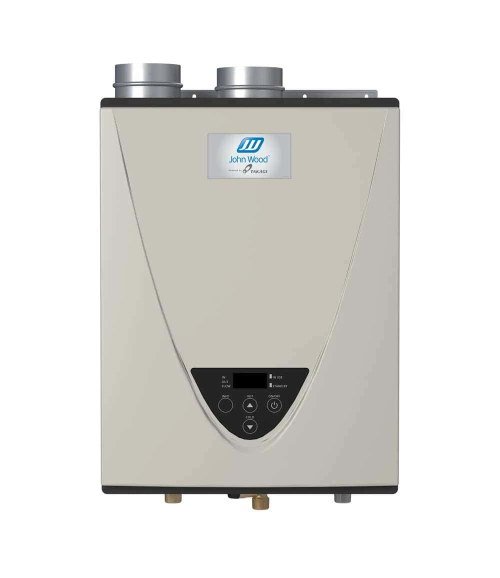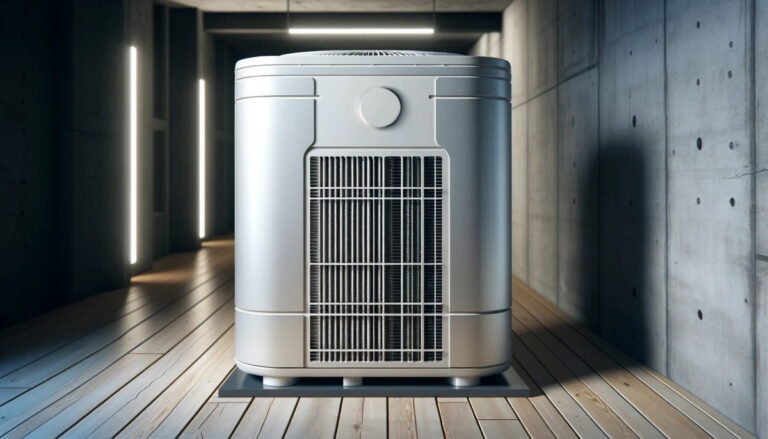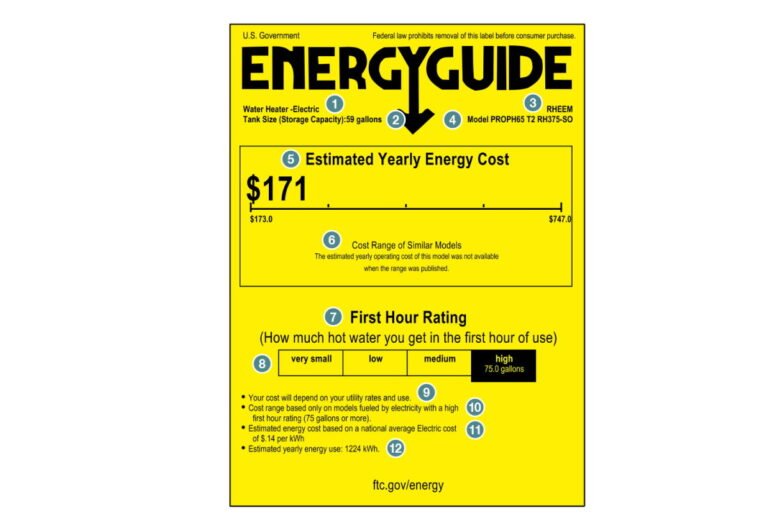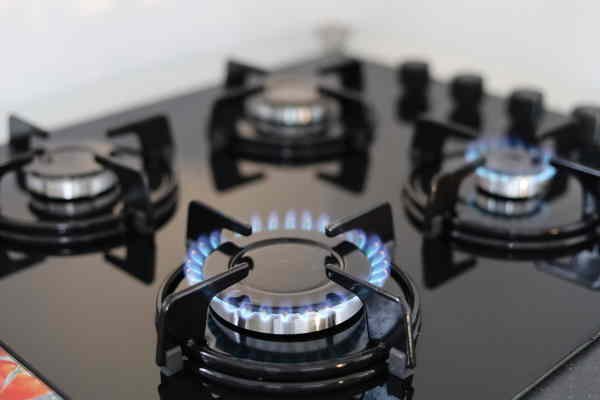What Is: Direct Vent Water Heater (With Pros and Cons)
When you’re considering a new water heater for your home, the myriad of options can quickly become overwhelming, including atmospheric, power vent, and others. One option you might come across is the direct vent water heater.
So, what exactly is a direct vent water heater, and who is it best suited for? Let’s break it down in a straightforward, simple way.

What is a Direct Vent Water Heater?
A direct vent water heater is designed to pull in air from outside your home for combustion and then expel the exhaust gases back outside. This is different from a standard water heater, which uses the air within your home for combustion. This system uses a sealed combustion chamber and a special double-walled vent pipe. This pipe has two sections: one to bring in fresh air and another to vent out the combustion gases.
Unlike a power vent models, which also expels exhaust gases but uses a fan to push them through a venting system, a direct vent system relies on natural draft without the need for mechanical assistance.
How Does a Direct Vent Water Heater Work?
The process of a direct vent water heater is relatively straightforward but quite efficient due to its unique design. Here’s a detailed step-by-step look at how a direct vent unit operates:
The system begins by drawing in fresh air from outside your home through the intake section of a specially designed vent pipe. This pipe is typically double-walled, with one pipe dedicated to bringing in outside air and the other for expelling exhaust gases. The use of outside air is a crucial feature because it allows the heater to operate independently of indoor air, which is beneficial for homes with limited ventilation.
Once the outside air is drawn into the system, it is directed into the sealed combustion chamber where the burner is located. The fresh air mixes with the fuel, which is usually natural gas or propane, and the combustion process begins. This combustion heats the water in the tank. Because the combustion chamber is sealed, it creates a controlled environment where the burning of fuel is more efficient and safer. This sealed design prevents any of the combustion gases from escaping into the home, ensuring that all combustion by-products are properly managed.
After the combustion process heats the water, the resulting gases need to be safely expelled. The direct vent system uses the exhaust section of the vent pipe to carry these combustion gases back outside. The double-walled pipe ensures that the gases are expelled without coming into contact with the fresh air intake. This efficient expulsion of exhaust gases further ensures that no harmful by-products, like carbon monoxide, enter your living space.
The sealed system of a direct vent water heater offers significant advantages. By isolating the combustion process from the indoor environment, it minimizes the risk of backdrafts, which occur when exhaust gases are pulled back into the home. This is particularly important in tightly sealed homes where ventilation might be limited. Additionally, because the system uses outside air for combustion, it doesn’t deplete the oxygen levels inside your home, maintaining better indoor air quality.
Who is it For?
Direct vent water heaters are particularly suited for certain situations and types of homes:
- Homes with Limited Ventilation: If your home doesn’t have good indoor ventilation or you have concerns about indoor air quality, a direct vent water heater is a good choice. Since it doesn’t rely on indoor air for combustion, it helps maintain better air quality inside your home.
- Tight Spaces: These units are ideal for homes where the water heater is installed in a tight or enclosed space, like a closet or a small utility room. Because they use outside air, they don’t need the large amounts of indoor air that standard water heaters require.
- Energy Efficiency: Such systems are often more energy-efficient because they draw in cooler outside air, which can make the combustion process more efficient. This can help reduce your energy bills over time.
- Safety Concerns: If you’re worried about the potential dangers of carbon monoxide and other combustion gases, a direct vent system offers peace of mind. Its sealed system reduces the risk of these gases leaking into your home.
Installation and Costs
Installing a direct vent water heater can be more complex than a standard unit because it requires a specialized venting system. This often means higher upfront costs for both the unit and the installation, typically ranging from $1,500 to $3,000.
However, many homeowners find that the increased efficiency—often around 80-90%—and safety features, such as reduced risk of indoor air pollution and backdrafts, are worth the initial investment.
Direct Vent vs. Other Venting Systems
When comparing direct vent water heaters to other types, several factors come into play. Direct vent water heaters use outside air for combustion, making them efficient and safe by reducing the risk of indoor air pollution. They are ideal for homes with limited ventilation and tight spaces but come with higher installation costs due to the need for specialized venting.
Power vent water heaters, on the other hand, can be installed almost anywhere since they use a fan to expel exhaust gases, allowing for more flexibility. However, the fan can be noisy, and these units are generally more expensive and require electricity to operate, which can be a disadvantage during power outages.
Atmospheric vent water heaters are simpler and cheaper to install as they use natural convection to expel gases, and they don’t need electricity, making them reliable during outages. However, they require ample indoor air for combustion, which can affect indoor air quality, and they tend to be less efficient due to heat loss up the chimney.
Highlights of Pros and Cons
Pros
- Energy Efficiency: Direct vent water heaters typically have an efficiency rating of around 80-90%, thanks to their use of outside air for combustion and a sealed system that minimizes heat loss.
- Safety: The sealed combustion chamber reduces the risk of backdrafts and prevents indoor air pollution, making it a safer option for homes with limited ventilation.
- Installation Flexibility: These units can be installed in tighter or enclosed spaces since they don’t rely on indoor air for combustion.
- No Electrical Requirement: Direct vent systems do not require electricity to operate, which means they will still function during power outages.
Cons
- Higher Installation Cost: The need for a specialized double-walled venting system can increase installation costs, typically ranging from $1,500 to $3,000.
- Venting Limitations: Requires access to an exterior wall for venting, which can limit placement options in some homes.
Conclusion
In summary, a direct vent water heater is an excellent option for homeowners looking for a safe, efficient, and reliable way to heat their water. It’s particularly beneficial for homes with limited ventilation, tight installation spaces, and those looking to improve indoor air quality. While the initial cost may be higher, the long-term benefits often justify the investment.
More About Water Heating

What Is: Atmospheric Vent Water Heater (With Pros and Cons)
When it comes to heating water in your home, choosing the right type of water heater is crucial for efficiency,…
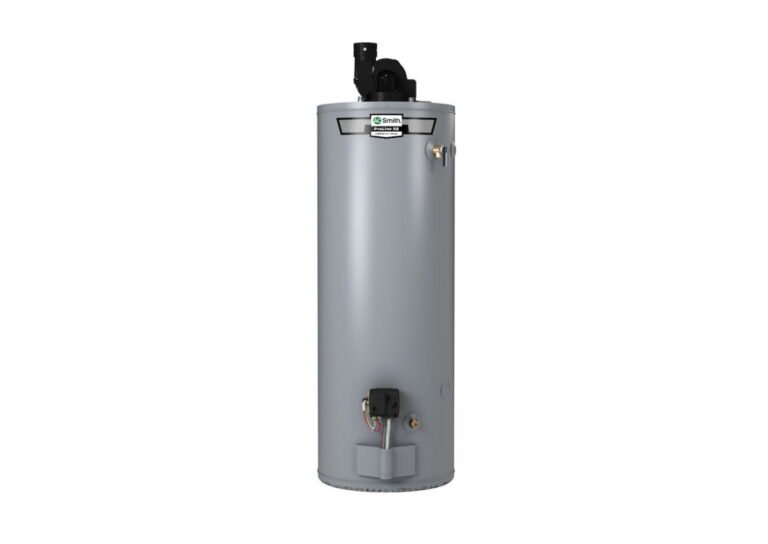
What Is: Power Vent Water Heaters (Including Pros and Cons)
Power vent water heaters offer flexibility and efficiency, making them a standout choice among the many options available for home…

What Is: Energy Factor (EF) and Uniform Energy Factor (UEF) in Water Heaters
When you’re in the market for a new water heater, you might come across two important metrics: Energy Factor (EF)…

